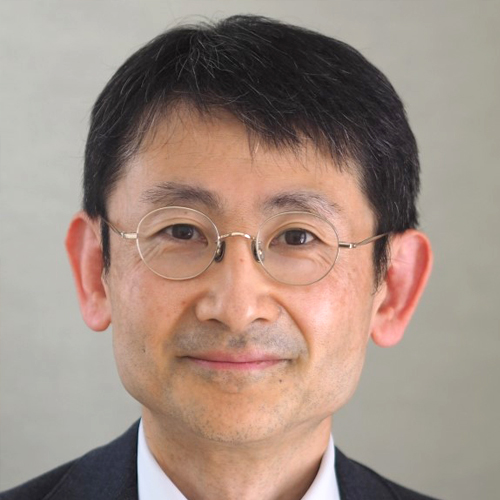Yuji YAMAZAKI

Yuji YAMAZAKI
Ph.D (Science), University of Tokyo, 1996
Professor
Research group: High Energy Physics Group
Office: Room No.313 in the Building No.3 of Graduate Scool for Science and Technology
Phone: +81-78-803-5635
E-mail: yamazakiphys.sci.kobe-u.ac.jp
Research Description
I have been involved in an international collaboration ATLAS, an experiment for highest energy proton-proton collisions, the Large Hadron Collider (LHC), at the CERN laboratory in Europe.
The LHC has proven that the vacuum, or our spacetime, is not empty, but instead filled with what is called Higgs field, through the discovery of the Higgs Boson in 2013. The discovery was revolutional. The Higgs field may have been playing a key role on the mystery of the Universe like: why no anti-matter object exists in the Universe. Another interesting object is the top quark. It is the heaviest fundamental particle abundantly produced at the LHC. The top quark may also have affected the evolution of the early universe as it couples strongly to the Higgs field and may change the fate of the universe.
I am excited all about these new "post-Higgs" research programme and I am very happy to be a part of it through my work in the ATLAS experiment. In addition to the phsyics research, Kobe University is involved in developing, implementing and improving the "muon trigger system", a system to select high-momentum muons among the proton-proton collisions at a few GHz. This serves to catch important signals from new physics, which often produces muons through electroweak decays of new (and known) heavy particles. The system is made of fusion of the software and hardware technologies. Thanks to the recent advancement in semiconductor technology, a hardware-based system can accommodate easily the change in their calculation logic through software. Our lab is one of the leading institute developing new trigger ssytem in this direction in ATLAS.
I am also involved in future high-energy electron-proton colliders (the EIC in US and the LHeC at CERN) since it iis important to know the internal structure of the protons for improving the precision at the LHC. But it is not only that: the physics of quarks and gluons inside hadrons (nucleons and mesons) itself is very very interesting. I am currently working on detectors that work in harsh radiation environment.
Main Publications
- “Measurements of ttbar differential cross-sections of highly boosted top quarks decaying to all-hadronic final states in 𝑝𝑝 collisions at √s=13 TeV using the ATLAS detector”, ATLAS Collaboration, M. Aaboud, Phys. Rev. D 98, 012003(2018)
- “The Large Hadron – Electron Collider at the HL-LHC”, P. Agostini, Journal of Physics G, 48, 110501 (2021)
- “An experiment for electron-hadron scattering at the LHC”, K.D. Andre, Eur. Phys. J. C 82, 40(2022)
- Book “The Future of the Large Hadron Collider, A Super-Accelerator with Multiple Possible Lives”, Edited by O. Brüning, M. Klein, L. Rossi, P. Spagnolo (Section 25 by Yuji Yamazaki), World Scientific, November 2023
- Online book (free access) “Experimental Techniques in Modern High-Energy Physics, a Beginner's Guide”, Kazunori Hanagaki, Junichi Tanaka, Makoto Tomoto and Yuji Yamazaki, Springer, 2022
- Book in Japanese "How to find Higgs bosons", Makoto Tomoto, Kazunori Hanagaki and Yuji Yamazaki, Maruzen Publishing, 2013.